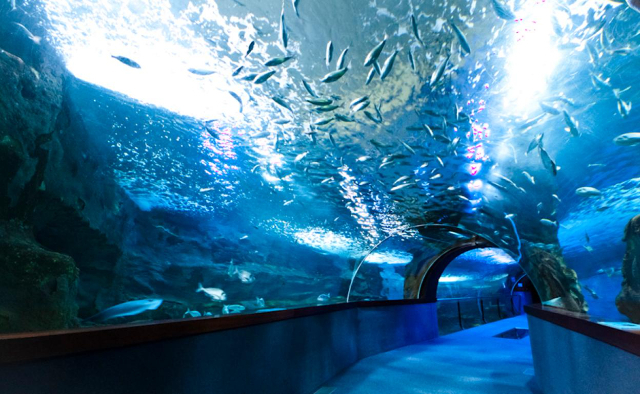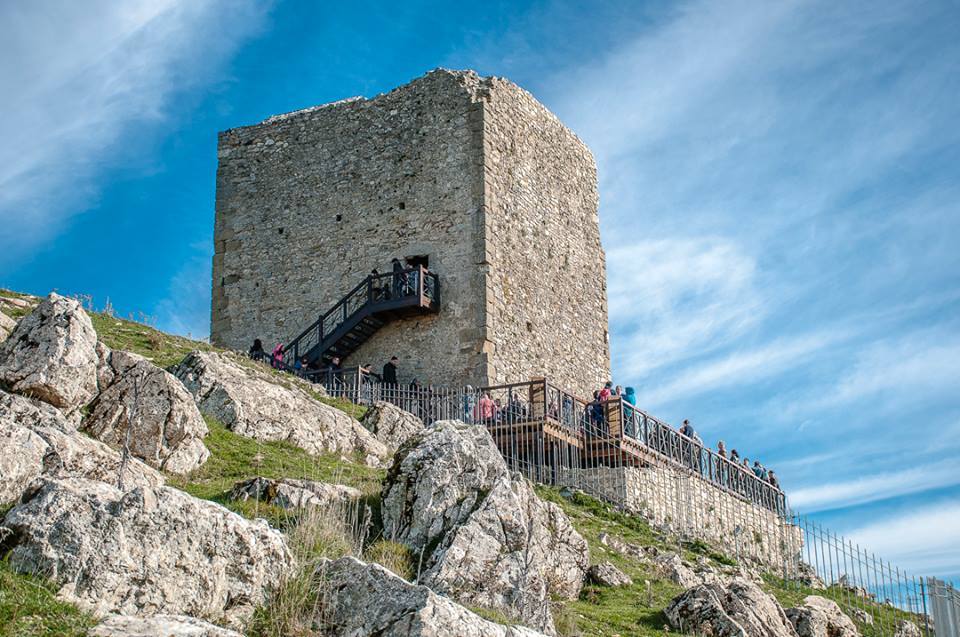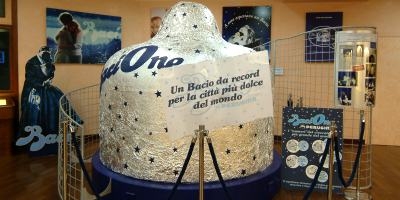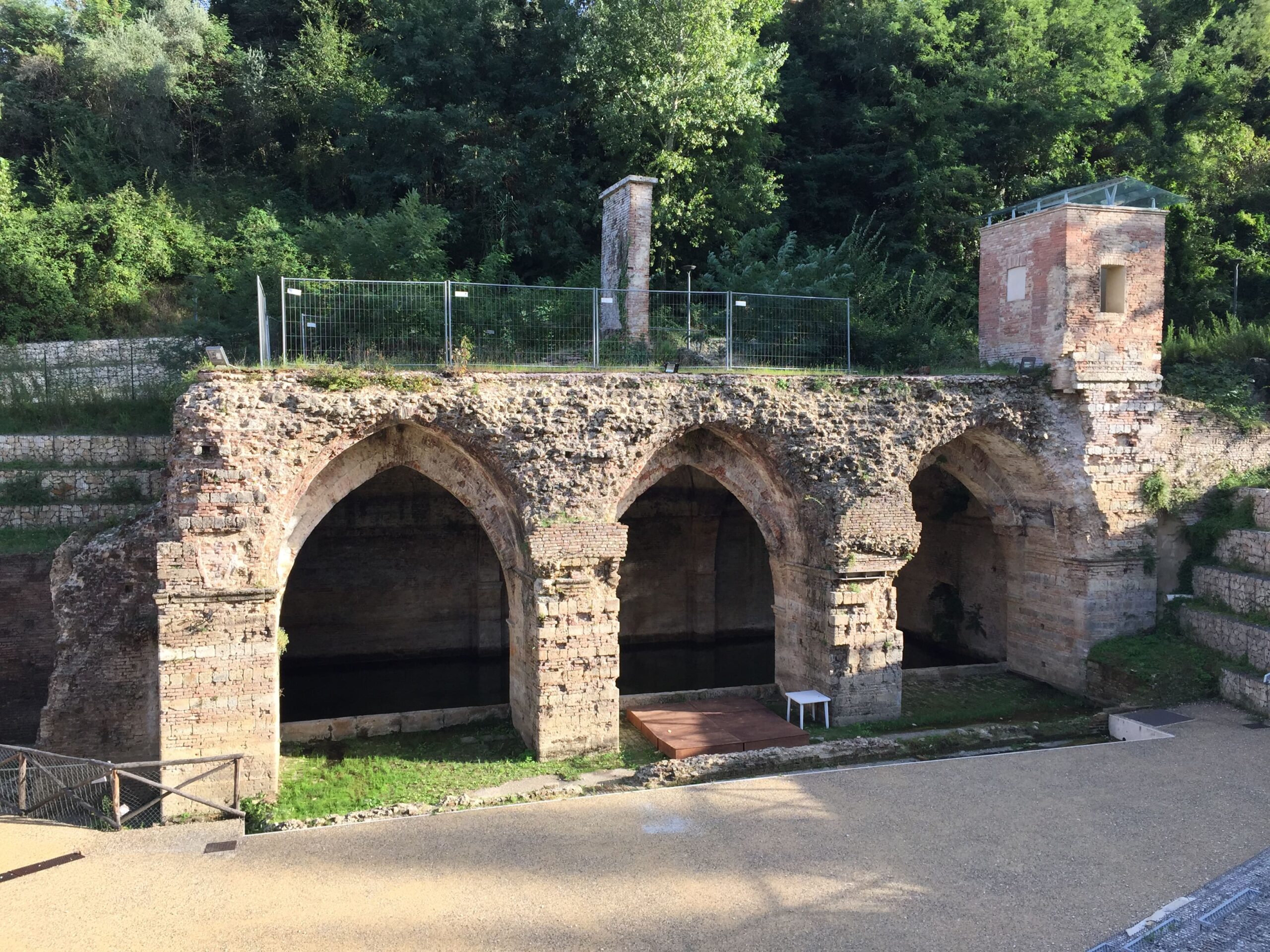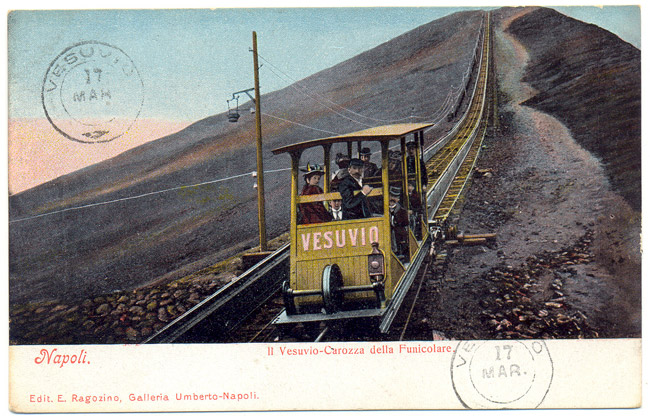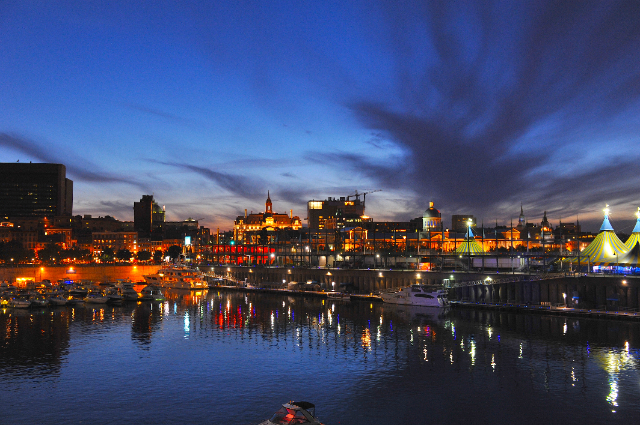The Kremlin – Moscow’s most famous sight is almost a city within a city. Behind the imposing walls of the Kremlin are elegant cathedrals, noble palaces and museums filled with unimaginable riches, as well as Russian government offices.
Although there is evidence of human settlement on the Kremlin site dating back to 500 B.C., the history of Moscow and its Kremlin begins around 1147, when Yuri Dolgoruky, Grand Duke of Kiev, built a wooden fort at the point where the Neglina and Moskva rivers converge. The city grew rapidly, and although it was razed by the Mongols in 1208, it was soon powerful enough to achieve primacy among the Russian principalities of the time.
During the same period, several stone buildings began to appear in the Kremlin, and by the end of the 14th century, the citadel was fortified with stone walls. Under Ivan the Great (1462 – 1505), the Kremlin became the center of a unified Russian state and was extensively remodeled. Meanwhile, Moscow spread outside the citadel walls, and the Kremlin became the center of political and religious power. This period saw the construction of the magnificent Cathedrals of the Assumption, Annunciation and Archangel, and Terem Palace, the royal residence. The addition of the Bell Tower completed the "Sobornaya Square."
Ivan’s descendants developed and adapted the Kremlin complex, and even when Peter the Great moved the capital to St. Petersburg, Russia’s rulers continued to leave their mark on the "medieval city." Peter himself built the Kremlin Arsenal, originally intended as a military museum and now occupied by a barracks, and the 18th and 19th centuries brought the creation of neoclassical masterpieces, such as the Senate Palace and the Great Kremlin Palace. After the 1917 revolution, the Kremlin regained its place as the seat of the Russian government; the legacy of the Communist period is still visible in the large red stars above many of the defensive towers, and in the vast State Palace, originally the Congress Palace.
In the distant past, the Kremlin was a seething medieval city with the hustle and bustle of daily life. Nowadays, the division of the citadel into squares and streets is much more formal, although some have retained their original names from centuries past. Palaces built from the 15th to the 20th century combine to create a unique architectural panorama on Sobornaya, Ivanovskaya, Dvortsovaya, Senatskaya and Troitskaya squares, and also on Spasskaya, Borovitskaya and Dvortsovaya streets. The two main squares in the Kremlin are Sobornaya and Ivanovskaya: Sobornaya Square is right in the heart of the Kremlin, it has traditionally been the center of Russian political and spiritual life; Ivanovskaya Square is the largest of the Kremlin’s squares, it was once the commercial and administrative heart of Moscow.


